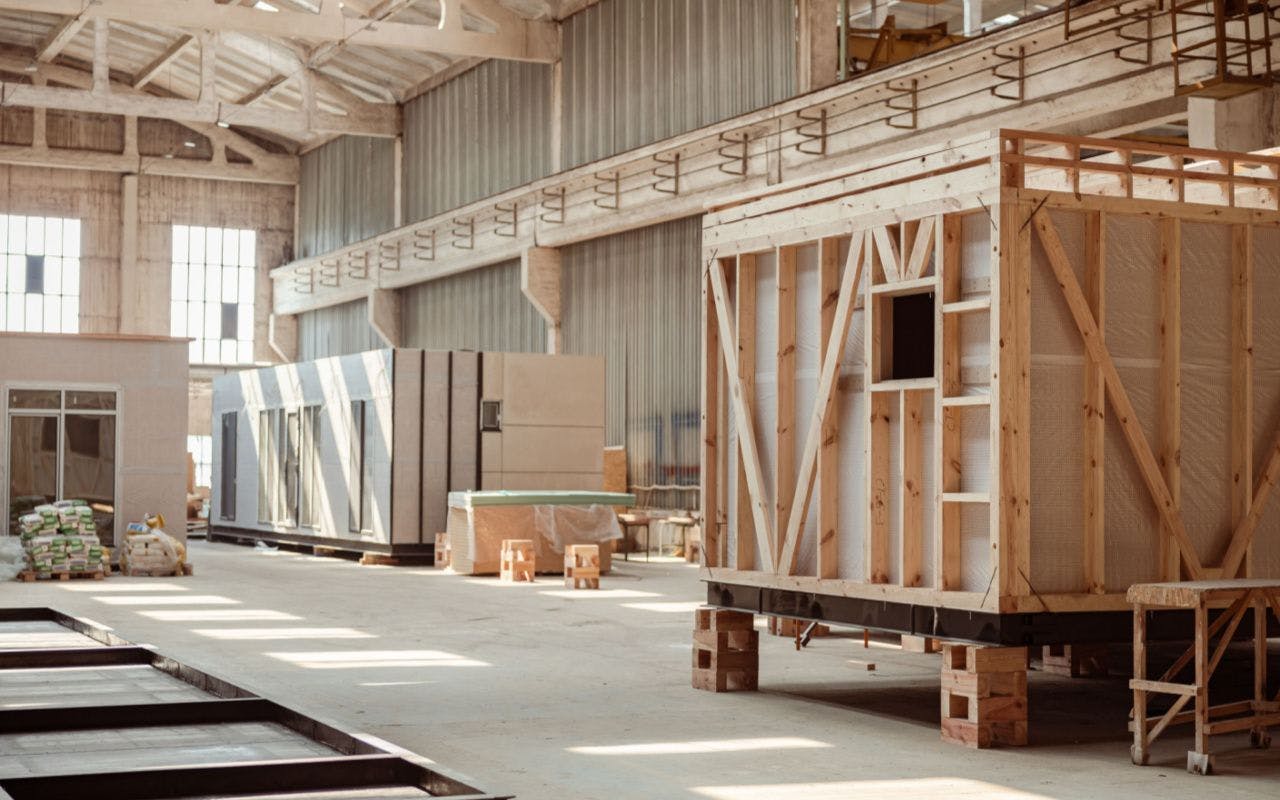
How Prefab Impacts the Designed Environments Industry
Event displays, exhibits, trade show booths, and any other projects one can dream up are heavily impacted by construction trends. Many firms are taking the task head-on and using in-house fabrication shops to streamline display construction. These shops may utilize prefabrication as a way to save clients money, time, and irritation. With the advantages prefab brings to the designed environment business, it is on its way to being an industry staple.
lessen setup time and stress
It can be daunting to unpack a bunch of loose supplies from a truck when arriving at a trade show facility. With prefabricated parts to trade show booths, exhibits, or otherwise, it brings peace of mind. Prefab allows workers to set up displays quicker than building from scratch, and the design firm has already done the hard work of deciding what goes where—so the presenting partner doesn’t have to worry.
That means prefab helps with the stress levels of everyone involved. There are no outside forces at play delaying a build. Supply chain has already been factored into build time, there is schedule certainty, and configurations have been tested. But there is still room for creativity in minor customizations on the floor or out in the field.
Save money
Since workers can be more efficient in setting up displays, prefab can cut down on costs. That crucial engineering time upfront makes the whole design-build process a bit more thoughtful. In fact, McKinsey estimates these cost savings at 15-20% as the construction industry shifts to a more streamlined, prefabricated system.
Prefabricated construction also allows materials to be recycled in-house. Since crews are not at a worksite, there are often green construction benefits to prefab items. Contractors can keep materials stocked in warehouses rather than throwing scraps away (unlike work sites that often discard excess materials). They can then use those excess materials for future projects or for minor repairs of designed environments after launch.
remove weather-related risks
Being in a warehouse means a controlled weather environment as well, so workers’ abilities are not impeded by the elements and construction sites are not left to rot when unanticipated snow storms or downpours hit. The construction is done faster and the materials themselves are not impacted either.
This not only means the constructed environments are more solid (no expanding materials due to heat, wildlife interference, etc.), but it opens up the possibilities for scheduling. With prefab, firms can create whatever display they want at any time of year. For example, a massive telescope that needs to withstand Cleveland winter can be fabricated in spring to avoid snow.
Plan effectively
Prefabricated environments are meticulously planned with engineers, construction workers, and project managers pushing toward a final product. The world is still impacted by COVID-19 delays, and prefab projects factor that in. Permits can take quite some time to come through, so to be able to have crews working on a designed environment prior to the permit’s approval can shorten timelines significantly. When the site is ready to go, crews can hit the ground running and impress with innovative outdoor exhibits or modular, outdoor trade show booths that can be adapted for many years to come.
The designed environments industry has definitely borrowed techniques from the construction industry, especially from home design architects (when it comes to prefab). Prefabricated construction used to mean “cheaply done” and “mass-produced” but now, prefab has been reclaimed as thoughtfully-done and individualistic. So when a designed environments partner recommends prefab, consider trying it out. Talk through the process with them and see if it’s the right fit to make future displays even more incredible.
Ryan Gerber is the president, owner and principal designer of RGI Creative in North Ridgeville, Ohio. Gerber transplanted to San Francisco and started 5design, his first design firm, in 1997. After ten years of practice in California, Gerber returned to Cleveland, where he joined forces with his father’s company, Dimensional Media, Inc. to form RGI. As the business’s owner and thought leader, Gerber has germinated design values that reach every corner of the organization, uniting the team in a mission to impact behavior and spread messages through the design of physical and virtual spaces.
Related stories








